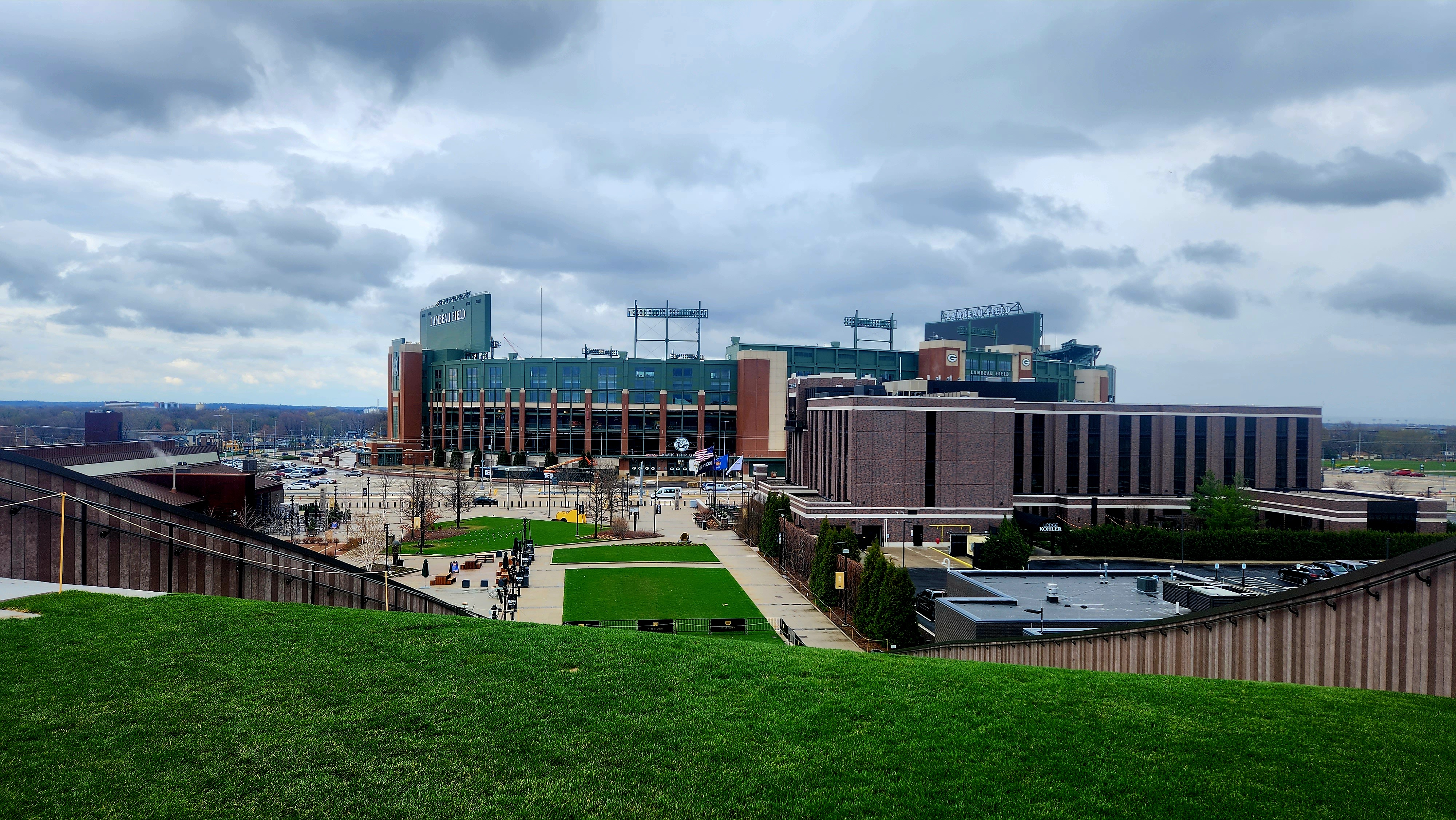15 Airport Security Changes That Will Change How We Travel In 2025
The aviation industry stands on the brink of a transformative era, as 2025 promises to unveil a plethora of innovative security measures designed to redefine the travel experience. As global air traffic continues to surge, the need for more efficient, secure, and passenger-friendly airport operations has never been more critical. This article embarks on a comprehensive exploration of 15 groundbreaking airport security transformations poised to revolutionize how we perceive air travel. By delving into these advancements, we aim to provide a thorough understanding of how these changes will impact travelers, enhance security, and streamline operations. The following sections will meticulously dissect each innovation, offering insights into their development, implementation, and potential implications for the future of airport security.
1. Biometric Verification: The New Passport

Biometric verification is set to become the cornerstone of airport security, phasing out traditional passports and boarding passes. Utilizing unique biological traits such as fingerprints, facial recognition, and iris scans, this technology ensures a seamless and secure identification process. Airports across the globe are investing in biometric systems that promise to reduce wait times and enhance security by eliminating the possibility of identity fraud. This shift towards a biometric-centric approach not only expedites passenger processing but also ensures a higher level of accuracy in identity verification. As these systems become more sophisticated, they will integrate with global databases, enabling real-time updates and collaboration among international security agencies.
2. AI-Powered Threat Detection: A New Layer of Security

Artificial intelligence is revolutionizing threat detection in airports by providing a more proactive and precise approach to identifying potential risks. AI systems are capable of analyzing vast amounts of data from various sources, including surveillance cameras, passenger behavior, and luggage scans, to detect anomalies that may indicate security threats. These systems learn and adapt over time, improving their accuracy and response times. By integrating AI into existing security protocols, airports can anticipate and neutralize threats before they materialize, ensuring a safer environment for passengers and staff. This technology not only enhances security but also optimizes resource allocation, allowing human personnel to focus on more complex tasks.
3. Automated Baggage Screening: Efficiency Meets Security
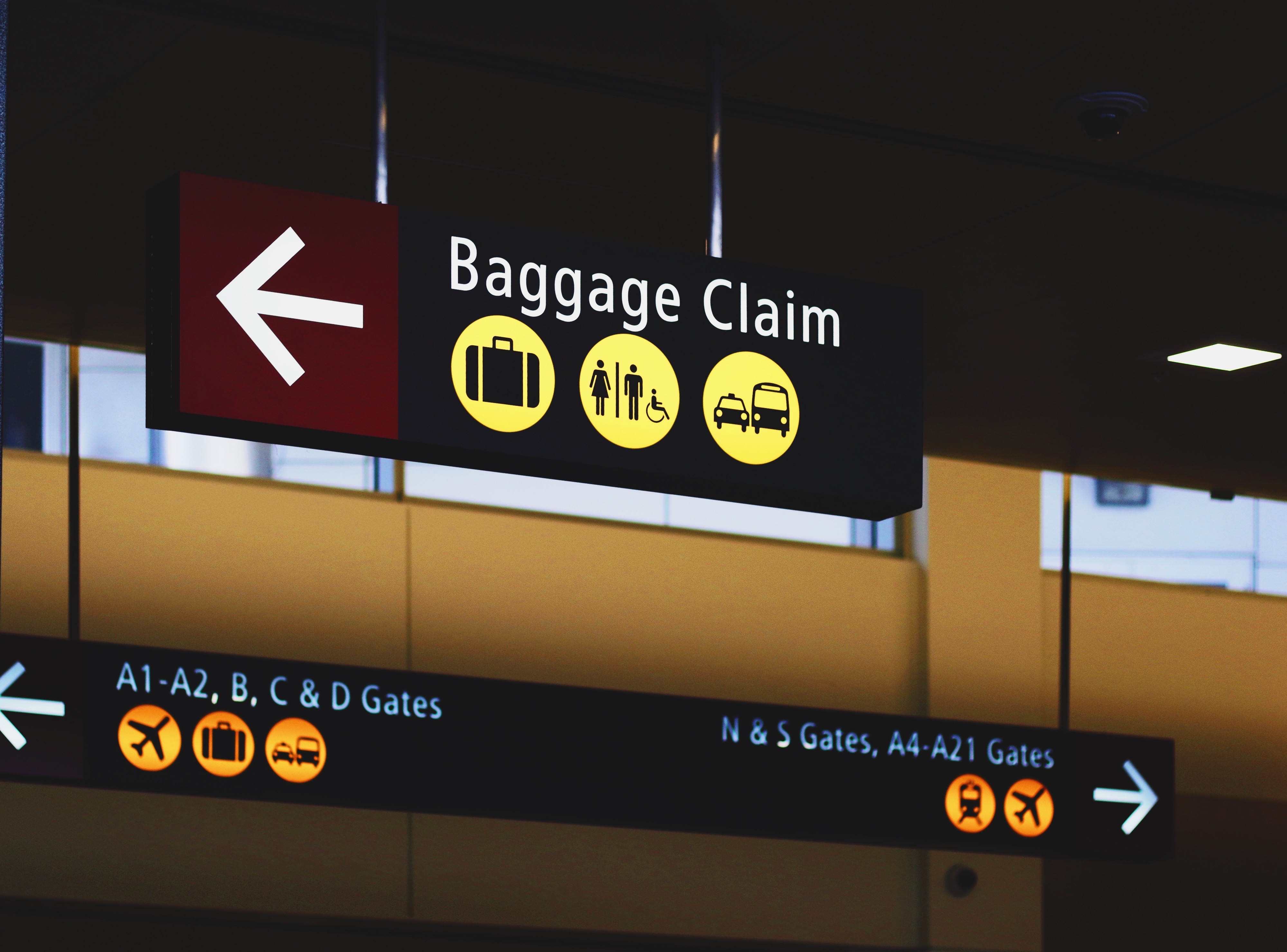
Automated baggage screening systems are set to revolutionize how luggage is processed at airports. These systems utilize advanced imaging technology and AI algorithms to inspect bags for prohibited items more efficiently and accurately than traditional methods. By automating the screening process, airports can significantly reduce the time passengers spend waiting in lines, thus improving the overall travel experience. Furthermore, automated systems minimize human error and increase the detection rate of potential threats, ensuring a higher level of security. As these technologies continue to evolve, they will likely incorporate machine learning capabilities, allowing them to adapt to new types of threats and enhance their effectiveness over time.
4. Contactless Security Checks: A Touch-Free Future
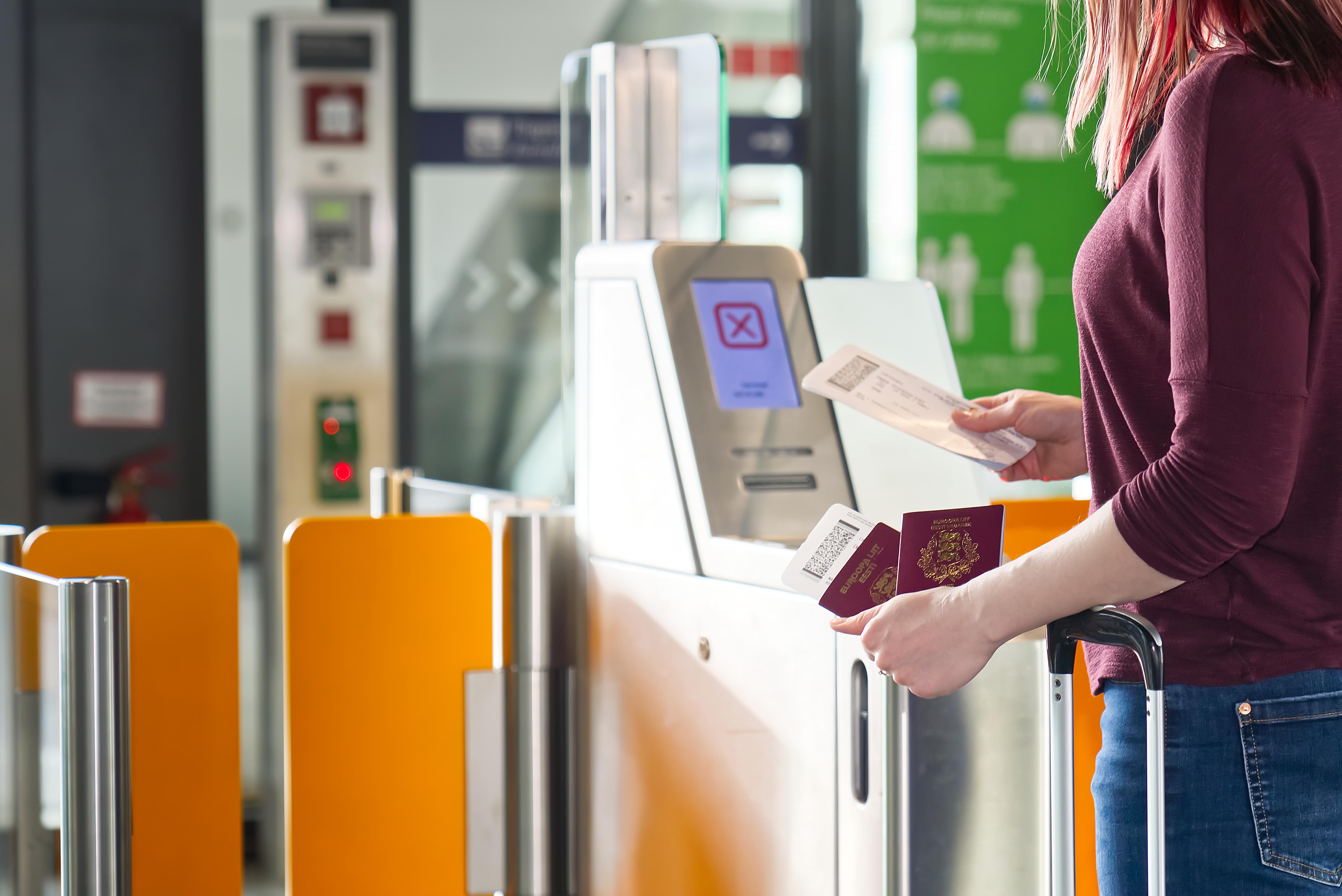
The COVID-19 pandemic accelerated the adoption of contactless technologies, and airports are no exception. Contactless security checks are designed to minimize physical interactions between passengers and security personnel, reducing the risk of virus transmission while maintaining high security standards. These systems employ a combination of biometric verification, remote scanning, and automated screening to facilitate a smooth and hygienic security process. As travelers become increasingly accustomed to contactless interactions in their daily lives, the implementation of these technologies in airports will likely enhance passenger satisfaction and streamline operations. The transition to a touch-free environment is not only a response to current health concerns but also a step towards a more efficient and future-proof security infrastructure.
5. Advanced Cybersecurity Measures: Protecting Digital Borders

With the increasing reliance on digital systems in airport operations, cybersecurity has become a critical component of airport security. Advanced cybersecurity measures are being implemented to protect sensitive information and ensure the integrity of digital infrastructure. These measures include the use of encryption, multi-factor authentication, and real-time monitoring to detect and respond to cyber threats. As airports become more interconnected, the risk of cyberattacks increases, making robust cybersecurity protocols essential for safeguarding passenger data and maintaining operational continuity. By investing in cutting-edge cybersecurity technologies, airports can protect their digital borders and ensure a secure travel experience for all passengers.
6. Smart Surveillance Systems: Enhancing Situational Awareness
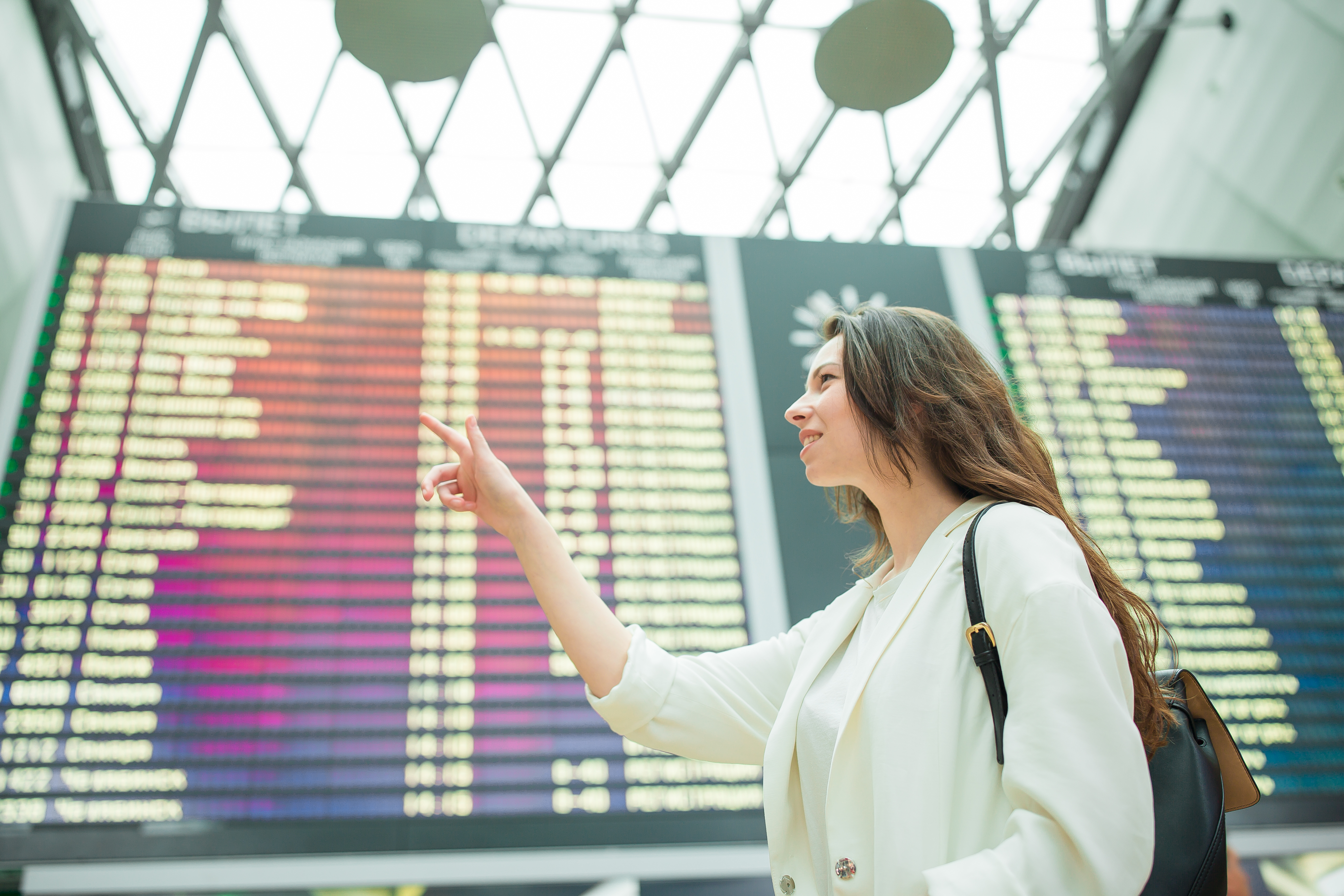
Smart surveillance systems leverage AI and machine learning to provide a more comprehensive and intelligent approach to monitoring airport environments. These systems can analyze video feeds in real-time, detecting unusual behavior and potential security threats with greater precision than traditional surveillance methods. By integrating smart surveillance into airport security protocols, airports can enhance situational awareness and respond more effectively to incidents. Additionally, these systems can be used to optimize crowd management, ensuring a smooth flow of passengers through terminals. As smart surveillance technology continues to advance, it will play a crucial role in maintaining a secure and efficient airport environment.
7. Blockchain for Secure Data Sharing: A New Level of Transparency

Blockchain technology offers a secure and transparent method for sharing data among various stakeholders in the aviation industry. By utilizing decentralized ledgers, airports can ensure the integrity and authenticity of information, reducing the risk of data tampering and unauthorized access. This technology can be used to streamline processes such as passenger identification, baggage tracking, and security clearances, providing a more efficient and secure travel experience. As blockchain adoption grows, it will likely facilitate greater collaboration among international airports and security agencies, enhancing global security efforts. By embracing blockchain, airports can achieve a new level of transparency and trust in their operations.
8. Drone Detection Systems: Safeguarding Airspace
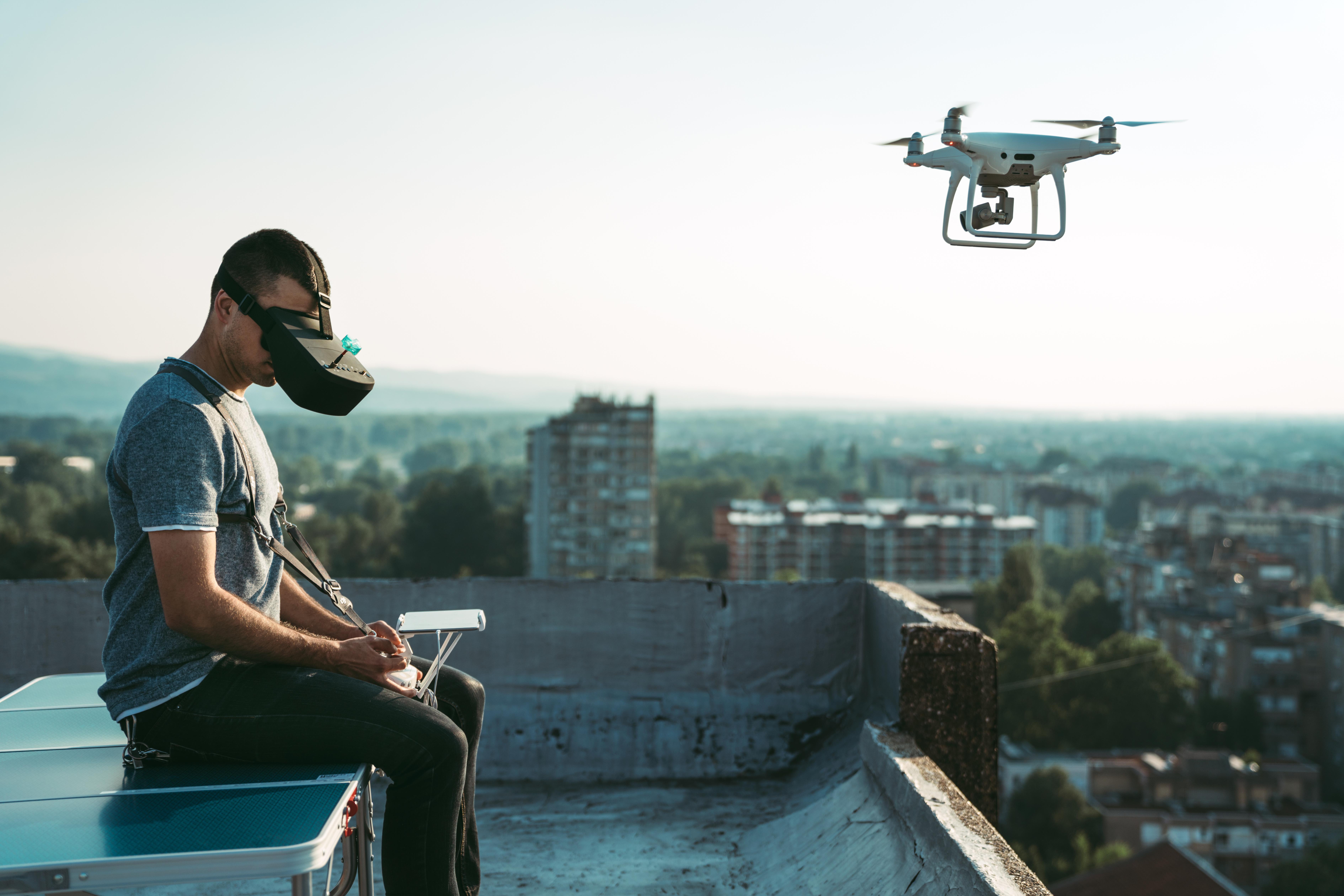
As drone technology becomes more accessible, the risk of unauthorized drone activity near airports has increased. To address this threat, airports are implementing advanced drone detection systems capable of identifying and neutralizing rogue drones. These systems utilize a combination of radar, radio frequency detection, and AI algorithms to detect and track drones in real-time. Once a threat is identified, airports can deploy countermeasures such as signal jamming or drone capture technology to mitigate the risk. By safeguarding airspace from unauthorized drone activity, airports can ensure the safety of passengers and aircraft, maintaining the integrity of their operations.
9. Virtual Reality Training for Security Personnel: A New Dimension in Preparedness
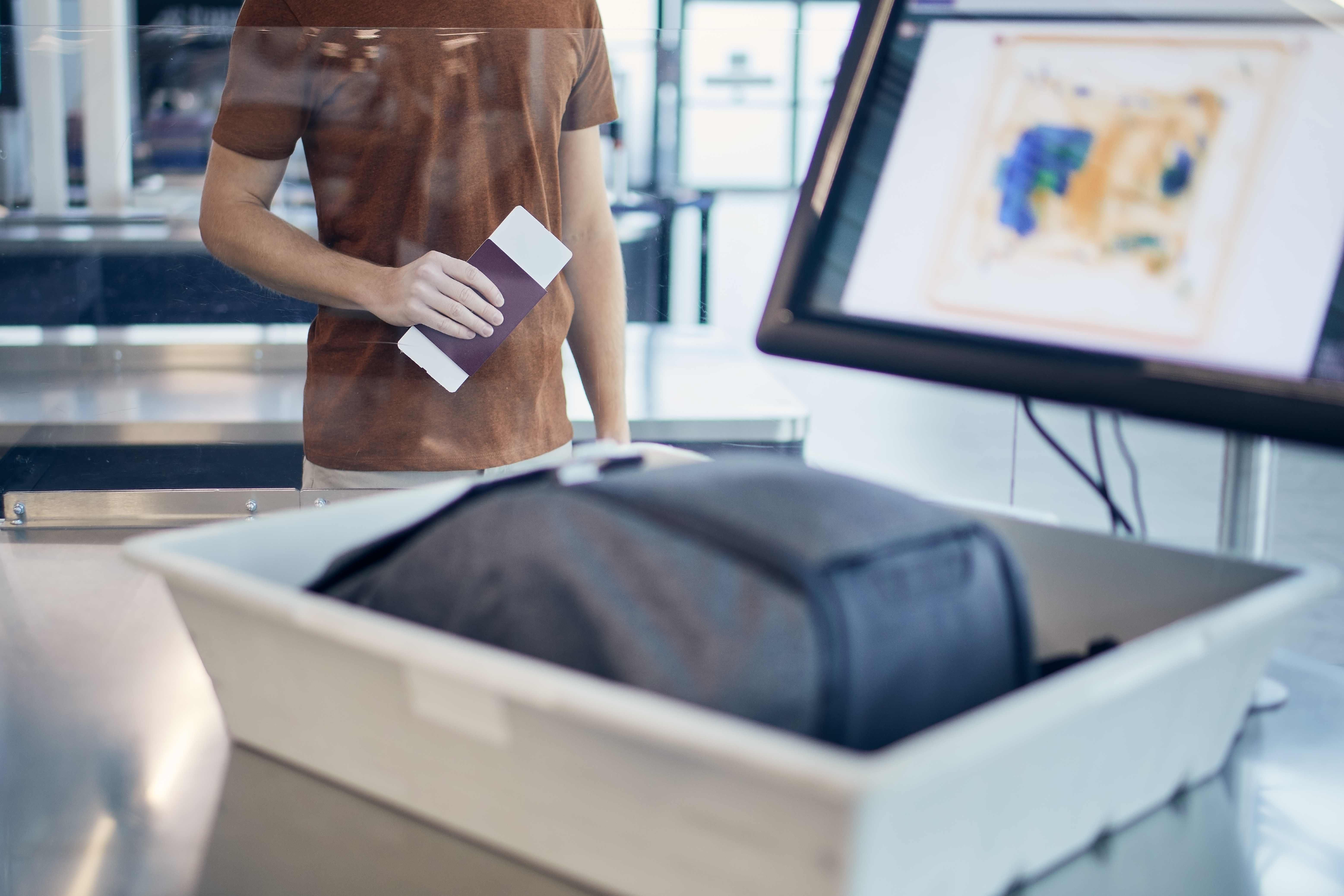
Virtual reality (VR) training is revolutionizing how airport security personnel are prepared for their roles. VR simulations provide a realistic and immersive environment for training, allowing personnel to practice responding to various security scenarios without the risks associated with live exercises. This technology enables security teams to develop their skills and improve their decision-making abilities in a controlled setting. By incorporating VR training into their programs, airports can ensure that their security personnel are well-equipped to handle a wide range of situations, enhancing the overall effectiveness of their security operations.
10. Passenger Data Analytics: Personalizing the Travel Experience

Passenger data analytics is transforming how airports interact with travelers, offering a more personalized and efficient travel experience. By analyzing data such as travel history, preferences, and behavior, airports can tailor their services to meet the unique needs of each passenger. This approach not only enhances customer satisfaction but also improves security by identifying potential risks based on passenger profiles. As data analytics technology continues to evolve, airports will be able to offer increasingly personalized services, creating a more seamless and enjoyable travel experience for all passengers.
11. Integrated Security Ecosystems: Collaboration for Greater Safety
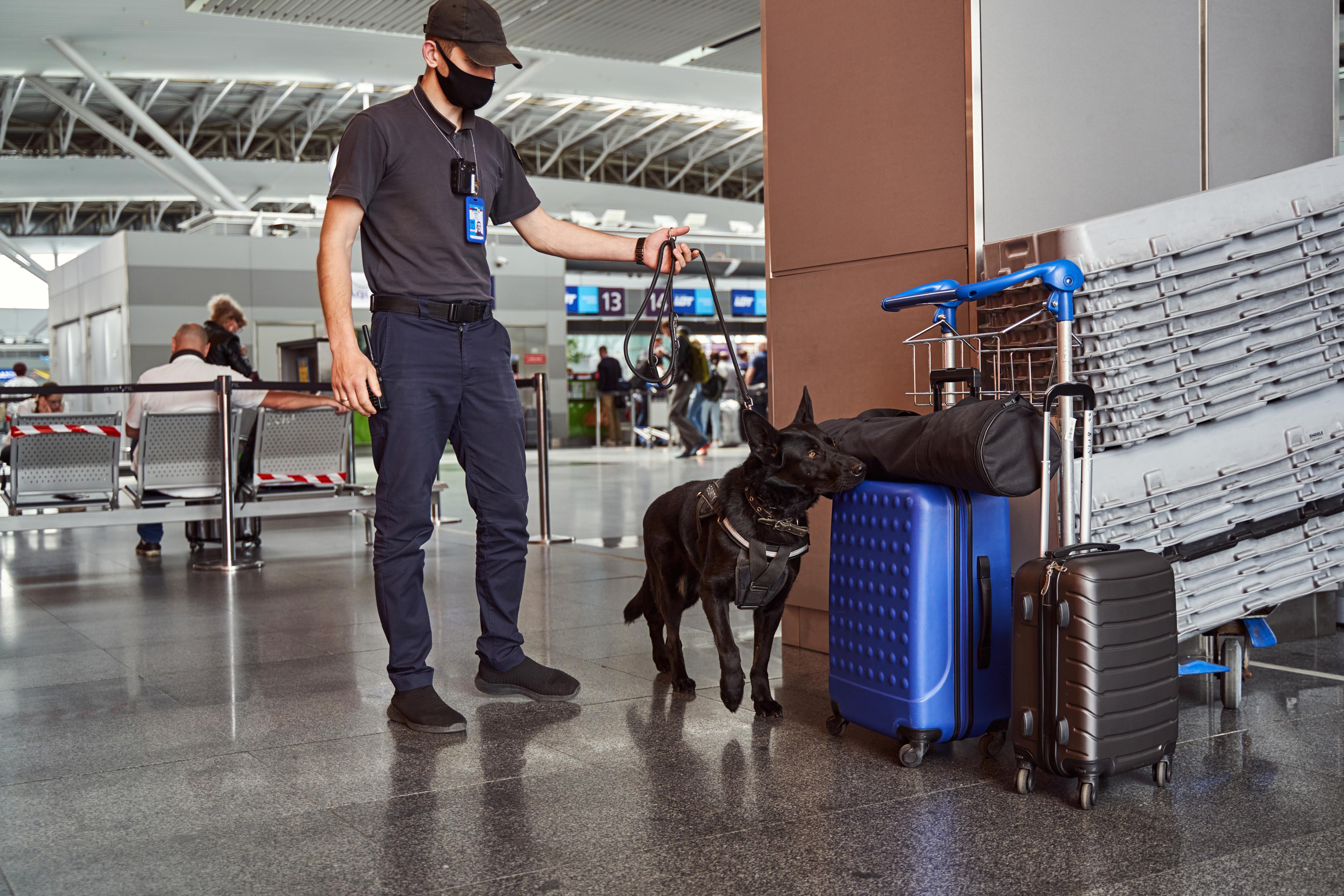
The future of airport security lies in the integration of various security technologies into a cohesive ecosystem. By combining biometric verification, AI-powered threat detection, smart surveillance, and other advanced systems, airports can create a comprehensive security network that enhances situational awareness and response capabilities. This integrated approach allows for better communication and collaboration among different security components, ensuring a more efficient and effective security operation. As airports continue to adopt and integrate new technologies, they will be better equipped to address the evolving security challenges of the future.
12. Enhanced Screening for Cargo: Securing the Supply Chain

Cargo screening is a critical component of airport security, as it ensures that goods transported by air do not pose a threat to passengers or aircraft. Enhanced screening technologies, such as advanced imaging and AI algorithms, are being implemented to improve the accuracy and efficiency of cargo inspections. By ensuring that all cargo is thoroughly screened, airports can maintain the integrity of the supply chain and prevent potential security breaches. As global trade continues to grow, the importance of robust cargo screening measures will only increase, making it a key focus for airport security efforts.
13. Real-Time Communication Platforms: Bridging the Gap

Effective communication is essential for maintaining security and operational efficiency at airports. Real-time communication platforms enable seamless information sharing among security personnel, airport staff, and external agencies. These platforms facilitate rapid response to incidents and ensure that all stakeholders are informed and coordinated. By implementing advanced communication technologies, airports can enhance their ability to respond to security threats and maintain smooth operations. As airports become more interconnected, the importance of real-time communication will continue to grow, making it a vital component of modern airport security.
14. Sustainable Security Solutions: Balancing Safety and Environment

As airports strive to enhance security, they must also consider the environmental impact of their operations. Sustainable security solutions focus on reducing the carbon footprint of security technologies while maintaining high standards of safety. This includes the use of energy-efficient equipment, eco-friendly materials, and sustainable practices in security operations. By prioritizing sustainability, airports can contribute to global environmental goals while ensuring the safety of passengers and staff. As the aviation industry continues to evolve, the integration of sustainable security solutions will be essential for achieving a balance between safety and environmental responsibility.
15. The Role of Government and International Cooperation: A Unified Front

Government agencies and international organizations play a crucial role in shaping the future of airport security. By establishing regulations, standards, and best practices, these entities ensure a consistent and coordinated approach to security across the globe. International cooperation is essential for addressing the complex and evolving threats faced by the aviation industry. By working together, governments and organizations can share information, resources, and expertise, enhancing the overall security of the global air travel network. As new security challenges emerge, the importance of a unified and collaborative approach will only increase.
Embracing the Future of Air Travel

As we prepare for takeoff into a new era of airport security, it is clear that the transformations set to unfold by 2025 will redefine the travel experience. From biometric verification to AI-powered threat detection, these innovations promise to enhance security, efficiency, and passenger satisfaction. By embracing these advancements, airports can create a safer, more seamless, and environmentally responsible travel environment. As the aviation industry continues to evolve, the integration of cutting-edge security technologies will be essential for meeting the demands of a rapidly changing world. The future of air travel is bright, and with these groundbreaking transformations, we are ready to embark on a new journey.






